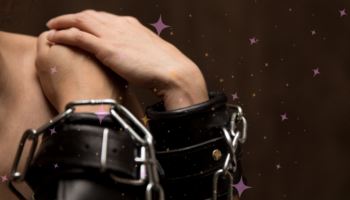Femmephobia is a hatred, fear, or distrust of femininity and feminine or effeminate people. Femmephobic people dislike people who have feminine traits or behaviors regardless of their gender.
The use of the term femmephobia dates back at least to the release of “The Femme Mystique” in 1963. However, it gained more widespread usage after prominent transsexual academic Julia Serano used it in her book “Whipping Girl: A Transsexual Woman on Sexism and the Scapegoating of Femininity.”
Femmephobia is also called femmemisia or anti-femininity.
More About Femmephobia
People who are femmephobic may have internalized misogyny which leads them to dislike feminine things although they do not typically voice their opinions. However, they may be more open with their hatred and harass, shame, or even act violently towards feminine or effeminate people. Some feminine people may even have internalized femmephobia. When this occurs, they may try to repress their desire to present themselves in a feminine way or engage in feminine pursuits.
Femmephobic behavior often starts young. It’s not uncommon for children to mock people, especially boys, attracted to feminine things like the color pink, dolls, and glitter. They may also be teased for enjoying dance or for crying when they are upset, both actions often associated with femininity.
Academics suggest femmephobia has been on the rise since the 1970s in line with a devaluing of femininity. Femmephobia is especially prevalent in the LGBTQIA community. Effeminate men may be accused of perpetuating gay stereotypes while feminine women are accused of posing to fit in with cisgender norms and taken less seriously in a political space. It’s not uncommon for people within the community to reject dating lipstick lesbians, queens, and twinks due to femmephobia. Such assumptions undermine the concept that there is no right or wrong way to be male or female, or indeed that there is no right or wrong way to be queer.
Similarly, feminist activists have a history of being femmephobic as some feel femme women are pandering to an ideal of what men want them to be. Traditionally male-dominated spaces, such as the technology and mining industries, can also be femmephobic. Whether the men that occupy them are femmephobic or not, women often feel they should dress in a more masculine way to fit in and be taken seriously.



